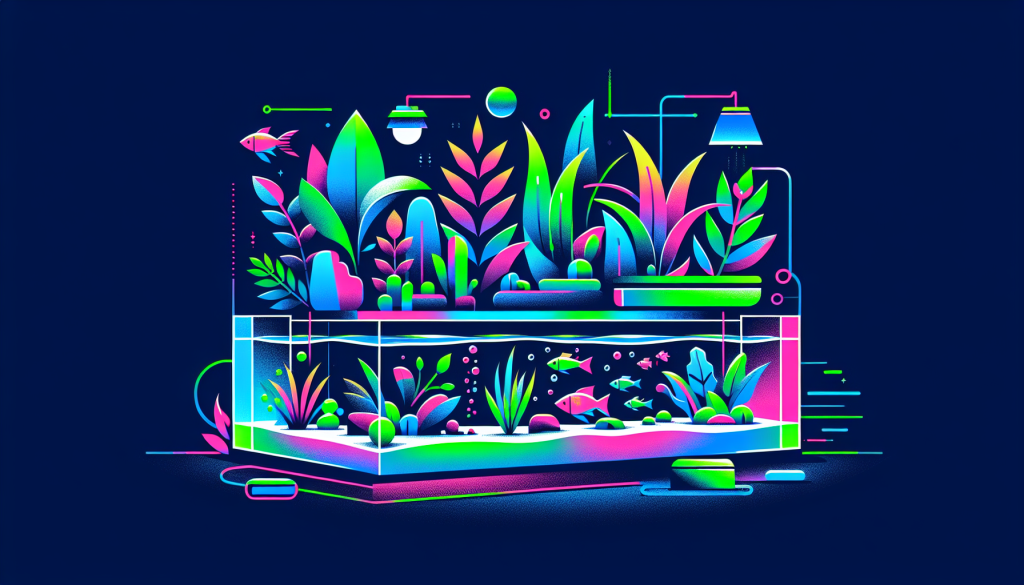The Ultimate Beginner’s Guide to Aquascaping: Tips, Ideas & Step-by-Step Advice
Ready to dive into the mesmerizing world of aquascaping? Whether you’re new to planted tanks or a fish-keeper wanting to level up your aquarium game, this comprehensive guide will set you on the path to creating a beautiful underwater landscape that thrives. Learn what aquascaping is, how to get started, which plants and layouts to choose, and get expert tips on keeping your tranquil aquatic world lush and healthy.
What Is Aquascaping?
Aquascaping is the artful practice of designing and arranging aquatic plants, rocks, wood, and substrate in an aquarium to create stunning, natural-looking landscapes. It combines elements of gardening, design, and aquarium care, resulting in living artwork you can enjoy every day.
Why Aquascaping? Benefits Beyond Beauty
Beyond the obvious visual appeal, aquascaping offers:
- Natural biological filtration and improved water quality
- A calming hobby to de-stress and express creativity
- Enrichment and shelter for aquarium inhabitants
- Opportunities to learn about aquatic ecosystems
Find more on why aquascaping is great for both beginners and seasoned aquarists.
Essential Aquascaping Equipment
Getting started doesn’t have to be intimidating. Here’s what you’ll need:
- Aquarium tank – 10-20 gallons are great beginner sizes
- Lighting – Choose LED or fluorescent fixtures suitable for plant growth
- Filtration – Efficient filter for clean, healthy water
- Heating – If keeping tropical plants or fish
- Substrate – Nutrient-rich soils or gravels specifically for planted tanks
- CO₂ system (optional) – Helpful but not essential for easy plants
- Hardscape materials – Rocks, driftwood, or stones to build your layout
- Aquarium tools – Scissors, tweezers, and planting tools
For a deeper dive into aquascaping equipment, check out our guide.
Choosing Your Aquascape Style
There are several popular aquascaping styles—pick one that inspires you as a beginner:
- Nature Aquarium – Mimics natural landscapes; uses a mix of plants, wood, and rocks
- Iwagumi – Minimalist; relies mainly on carefully arranged rocks and few plant types
- Dutch Style – Focuses on lush plant growth and colorful groupings
- Biotope – Re-creates a specific habitat or environment from nature
Explore more aquascaping styles and inspiration here.
Step-by-Step: Setting Up Your First Aquascape
-
Plan Your Layout
Sketch your design or use aquascaping templates for guidance. Decide on focal points and flow. -
Prepare the Tank
Clean the aquarium thoroughly. Place it away from direct sunlight to avoid algae blooms. -
Add Substrate
Pour in your chosen substrate, sloping it gently from back to front for depth. -
Arrange Hardscape
Position rocks and wood according to your plan. Try the “golden ratio” or “rule of thirds” for a natural look. -
Fill with Water (Partially)
Add water to just above the substrate. This makes planting easier. -
Plant Your Aquarium
Start with easy, low-light aquarium plants such as Java Fern, Anubias, and Cryptocoryne. Use tweezers for precise placement. -
Fill Up & Start Equipment
Fill the tank fully, set up your filter, and turn on the lights and heater if needed. -
Cycling & Maintenance
Allow your tank to cycle for a few weeks before adding fish. Test water regularly and perform partial water changes.
Visit our detailed aquascaping setup tutorial for in-depth guidance on each step.
Beginner-Friendly Aquascaping Plants
Not all aquatic plants are created equal! New aquascapers should look for hardy, low-maintenance options:
- Java Fern (Microsorum pteropus)
- Anubias (many species)
- Amazon Sword (Echinodorus spp.)
- Cryptocoryne
- Java Moss
- Vallisneria
These plants thrive in a wide range of conditions—perfect for your first aquascape. For more plant ideas, see our beginner aquarium plants guide.
Maintenance Tips for a Thriving Aquascape
Routine Tasks
- Perform weekly partial water changes (20-30%)
- Trim plants regularly to encourage bushy growth
- Check for algae and remove it promptly
- Monitor water parameters—ammonia, nitrite, nitrate, and pH
- Clean glass, filter, and equipment as needed
Common Aquascaping Challenges
- Algae Overgrowth: Control lighting, water changes, and consider adding algae-eating shrimp or fish.
- Melting Plants: New plants may shed leaves as they adjust—be patient and provide stable conditions.
- Cloudy Water: Often resolves with regular maintenance and proper filtration.
For troubleshooting, check out our aquascaping troubleshooting section.
Bringing It All Together
Aquascaping is both an art and a journey. Each setup is unique, and the process of planning, planting, and maintaining your aquascape is deeply rewarding. Start with the basics, experiment with styles and plants, and enjoy watching your aquatic creation come to life.
Ready to Start Your Aquascaping Adventure?
If you found this guide helpful, explore more beginner-friendly aquascaping guides or join our community for tips, inspiration, and support from fellow aquascapers!
Share this post and let us know about your first aquascape in the comments below!



